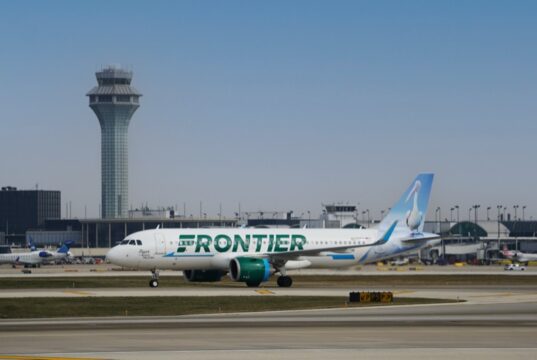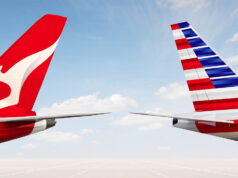
Consider a distance of 100 NM and a true airspeed (TAS) of 100 kt. Under a zero-wind condition, an aircraft will cover this distance in one hour. The presence of a headwind or tailwind alters the groundspeed and therefore the time needed to cover the same 100 NM distance. A tailwind of 50 kt will result in a ground speed of 150 kt, therefore an aircraft will require only 40 min. (2/3rd hr.) to cover 100 NM. However, the same 50 kt in the opposite direction (i.e., a 50 kt headwind) will result in a ground speed of a mere 50 kt therefore doubling the time required from one hour under zero-wind conditions to two hours to cover the same 100 NM distance. In this example, a tailwind helped you reach your destination 20 minutes early, while a headwind of equal magnitude increased your travel time by 60 minutes.

From this example, it is clear that headwinds have a non-linear impact on flight time. This non-linearity may be further illustrated in the figure that shows the time required to cover a distance of 500 NM at TASs ranging between 75 and 400 kt and windspeed expressed as the relative percentage to TASs ranging between +/-30%. Point A on the figure represents a TAS of 250 kt with zero-wind condition. Under this condition, it takes two hours to cover a distance of 500 NM. At point B with a 20% headwind (~60 kt) however, the aircraft needs to push over 315 kt in order to cover the same 500 NM in two hours. Finally, at point C with a tailwind of 20% (~40 kt), a TAS of just over 210 kt is required to cover 500 NM in two hours.
The curvature of the isochrones (lines of equal time) on the figure also illustrate the non-linear impact of headwinds on the overall required performance of an aircraft. On the headwind side of the figure (left of the solid red line), there is a greater curvature in the isochrones when compared to the tailwind side of the figure that shows relatively linear (straight) isochrones. This illustration highlights the importance of proper planning and overall higher operating costs attributable to headwinds during a flight.
Bottom line? While tailwinds are favorable and help you reach your destination sooner, a headwind of equal magnitude has a disproportional impact on time, and consequently fuel, aircraft, equipment, and personnel expenses.





















































































































